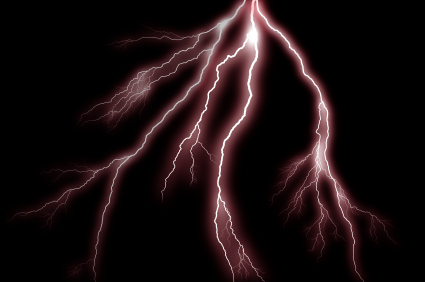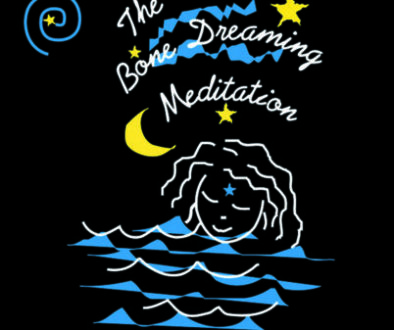Recovering Essence on the Spiritual Journey (Almaas, Muqaddam and the Theory of Holes)
In the 1970s and ’80s Hameed Ali (pen name: A. H. Almaas) and Faisal Muqaddam, working with Karen Johnson, explored the psychology of the spiritual journey.
The “Theory of Holes” they developed provides a deep, highly specific map of the way psychology and spirituality relate. Later, Muqaddam left to teach on his own.
Elizabeth Bader worked with the teachers and/or founders of both schools over the course of approximately 24 years. Elizabeth is now working independently, with a special emphasis on understanding the relationship of the theory to trauma.
In 2014, Elizabeth was awarded a Somatic Experiencing Practitioner certificate by the Institute on trauma founded by Dr. Peter Levine.
The Theory of Holes
Roughly, the theory can be summarized as follows:
- A person’s essence — their fundamental being or true nature — rests unacknowledged underneath all the psychological content of the ego.
- A “hole” is the absence of a specific aspect of our essence. For example, we may have a hole in the area of love or joy or kindness.
- The hole is created during childhood by the development of ego structure over the initial, simple, precognitive, open awareness experienced by the infant during infancy and childhood.
- Usually we are unaware of the “hole” in its full sense. We are only aware of the defensive or compensatory psychological structures which block the hole from awareness.
- We can become conscious of the “hole” by increasing our awareness, that is by being present and engaging in certain forms of inquiry.
- At that point, if we can remain present with the hole, the part of us that is lost can be retrieved, or more precisely, it surfaces spontaneously from the depth of the hole.
See, e.g., A. H. Almaas (the pen name of Hameed Ali), Diamond Heart, Book One, Chapter 2, The Theory of Holes.
The Somatic Nature of “Holes”
A “hole” leaves its residue and signature within the body. This means that through inquiry and somatic awareness it may be possible to recover awareness of the hole through awareness of the body.
The Problem of Trauma
As both Ali (Almaas) and Muqaddam have acknowledged, their work is not designed to deal with trauma. Thus the theory does not easily account for traumatic residues or blockages.
Stated another way, many if not most people have places in the body and the mind more akin to crossed wires or lightening bolts than “holes.” A hole would be a welcome relief for some trauma sufferers. In fact, treating trauma as a “hole” may be highly counterproductive for some people.






February 13, 2024 @ 12:08 pm
Interesting and fascinating discussions and view points for a non-professional or a layperson like me!
Overall it tells me how important and delicate is handling of childhood and how little we know about ourselves – our ego and personality. I guess its a life-long adventure in going back to the future!
February 13, 2024 @ 1:54 pm
Yes, that is our Work, is one way of thinking of it…
October 19, 2017 @ 2:50 pm
What about this? The hole is in the ego, and through the hole enters a parasite…which at least anesthetizes “a specific aspect of our essence” (directly “below” hole)? This would be in line, say, with Morton Kelsey’s thinking?
October 24, 2017 @ 2:26 pm
Thanks for your comment Dave. It has set me thinking about the extent to which “holes” and the Theory of Holes deal with metaphors or with felt sense realities. I have two thoughts on this.
In one sense the “holes” in the Theory of Holes is a felt sense reality. It literally feels like a hole in for example the chest. I have never felt or experienced a parasite in my chest for example as a lived reality in the same way.
On the other hand there is an important sense in which the Theory of Holes really speaks to the way that personality and ego is merely a distorted version of essential qualities and essence. This again can be experienced as a lived reality.
But at least in my experience the distortion or awareness of the deficiency or the distortion and its resolution are not always manifested specifically as a “hole.” And resolution does not always come from within the hole itself.
This is a very interesting subject, and probably warrants a whole other article… Perhaps in days to come…
Elizabeth
November 9, 2014 @ 11:37 am
This is a very perceptive insight, Levon. You are quite right that in the case of narcissistic issues there is more of a flavor of things getting twisted from their secure base. In general, though, I think when Ali (Almaas) talks about the “holes” he means the sense of deficiency that covers or is the gateway to essence. My experience is that with narcissistic issues this “hole” is much more difficult to feel, actually, precisely because of how deep it is, and how ignorant we are of who we really are. Thank you for contributing such an interesting, substantive comment. E
November 8, 2014 @ 9:18 am
The part where ali says that the work on oral narcissism can be both vague,long and difficult seems similar to have wires crossed,rather than just a hole.is it vague because the motivations are all twisted up